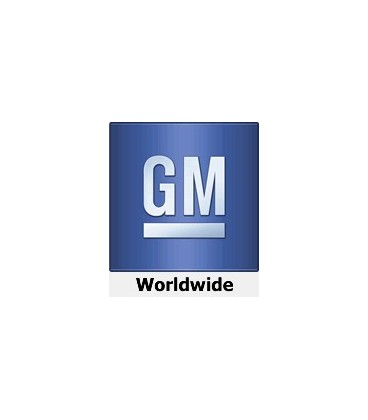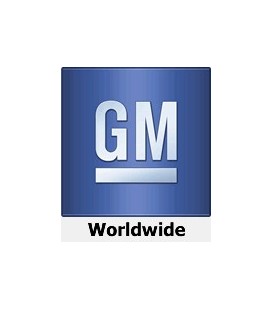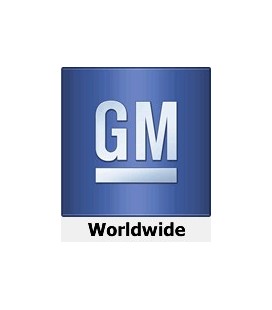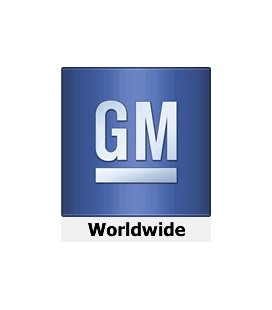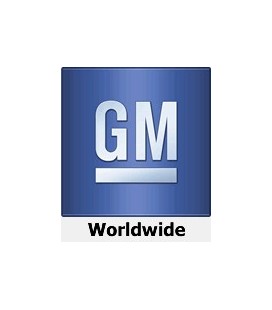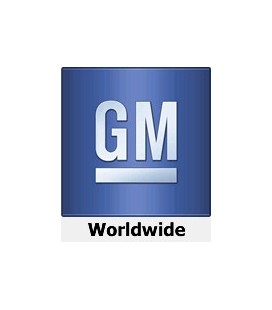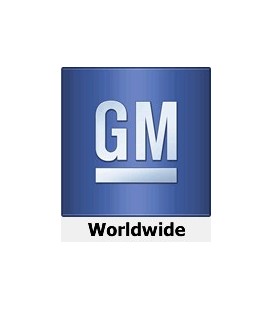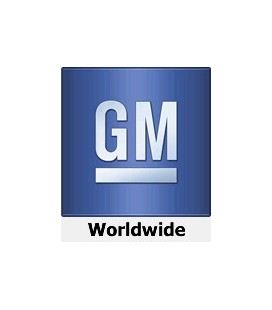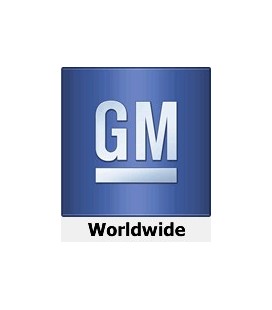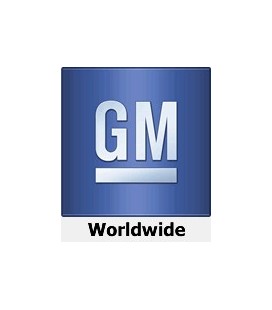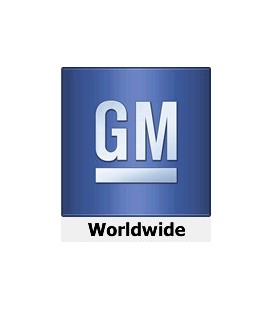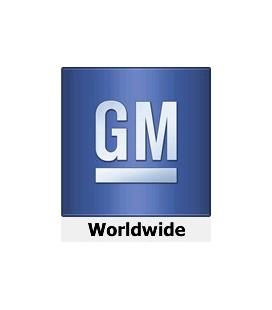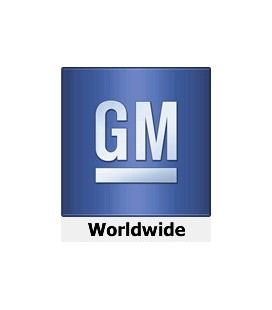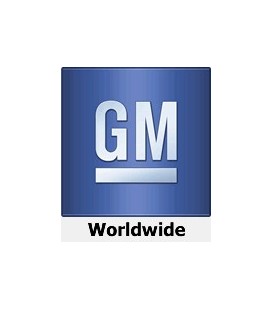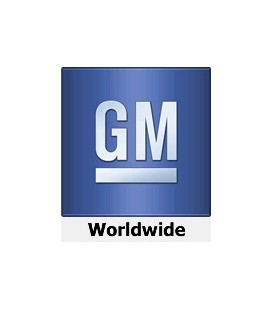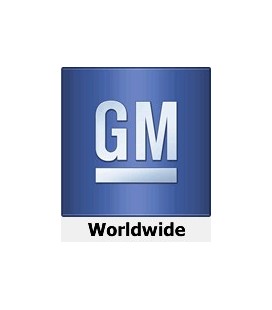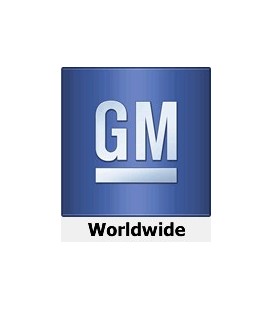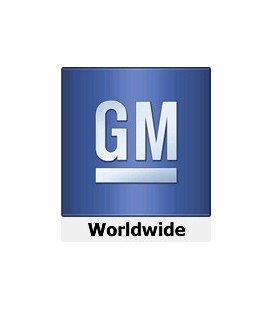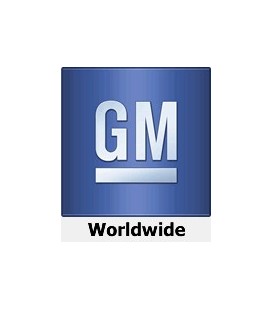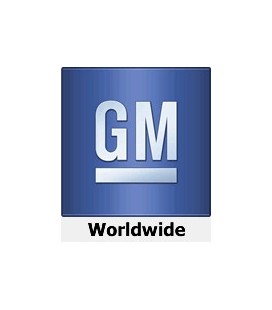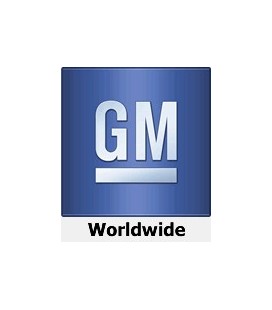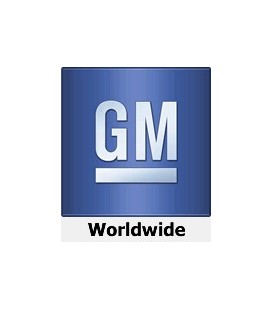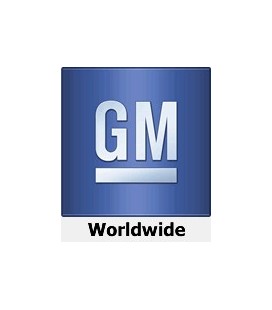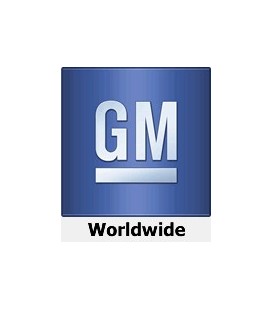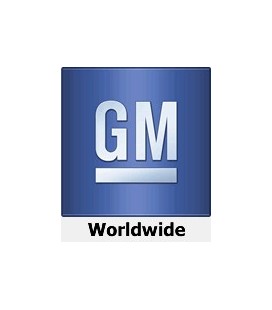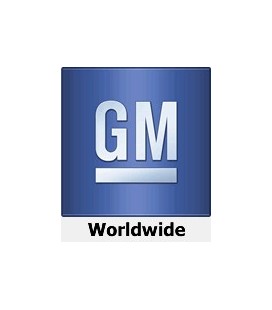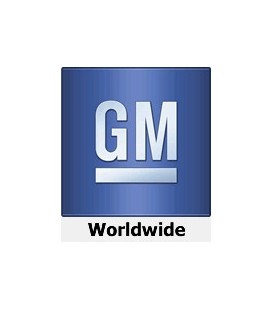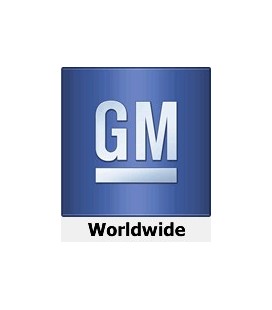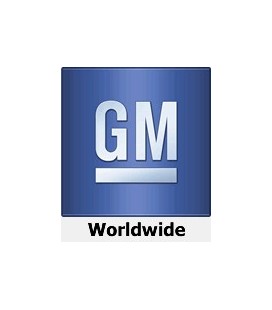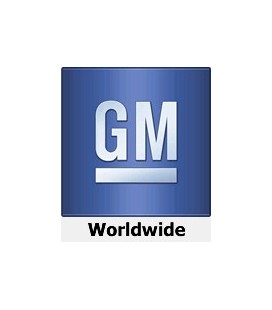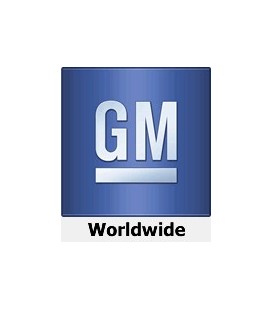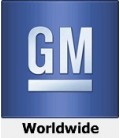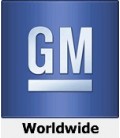GMW14100
GMW14100 4th Edition, December 2011 Corrosion Protective Coatings Phosphate/Zinc Organic Type
Description / Abstract:
GMW14100, 4th Edition, December 2011 - Corrosion Protective Coatings Phosphate/Zinc Organic Type
This standard covers the basic requirements for a corrosion
protective coating process consisting of zinc phosphate
pretreatment, a non-electrolytically applied zinc rich coating, and
an organic top coating. Shot blasting as pretreatment in place zinc
phosphate is permissible for externally threaded parts or parts
with no thread. Shot blasting is not a preferred method for
internally threaded parts and shall not be used for nut- washer
assemblies. The coating may be applied by dipping or spraying. Part
configuration dictates the application process. Internally threaded
parts (nut) shall be coated in a canting centrifuge or equivalent
equipment.
Note: Any additional approved source of this
finish shall have canting centrifuge application or equivalent
equipment.
Material Description. The coating system is
free of hexavalent chromate, with no hexavalent chromate in final
product per GMW3059 requirements. GMW3034 will be used as a referee
test. This coating process does not generate hydrogen; however,
pretreatment processes i.e. acid pickling could cause hydrogen
absorption. Non-electrolytically applied zinc rich coating has high
permeability, which allows effusion of hydrogen during curing that
might have been absorbed during acid pickling.
Symbols. Not applicable.
Typical Applications. The coating is suitable
for bolts, clips, and other ferrous parts where above normal levels
of corrosion protection and freedom from hydrogen embrittlement are
required.
This finish is not recommended for 360 degree Nylon Patch
Nuts.
Internal threaded parts e.g., Nuts M6 may need different
treatment.
Remarks. Use of this finish on threaded surface
and/or bearing surface of joints could affect the torque-tension
relationship. It is recommended that a torque-tension study of the
fastener joint should be preformed before releasing this finish on
a new application.
Coefficient of friction/torque tension values in this
specification are also determined at ambient temperatures. New
applications for this finish should be tested to confirm
performance under application specific, operating conditions.
Finishes conforming to the requirements of this specification
can be used in the application range of -50 to 120°C. For
applications outside of this temperature range consult your local
Material Engineering (Paint Corrosion engineering for GME)
support.

